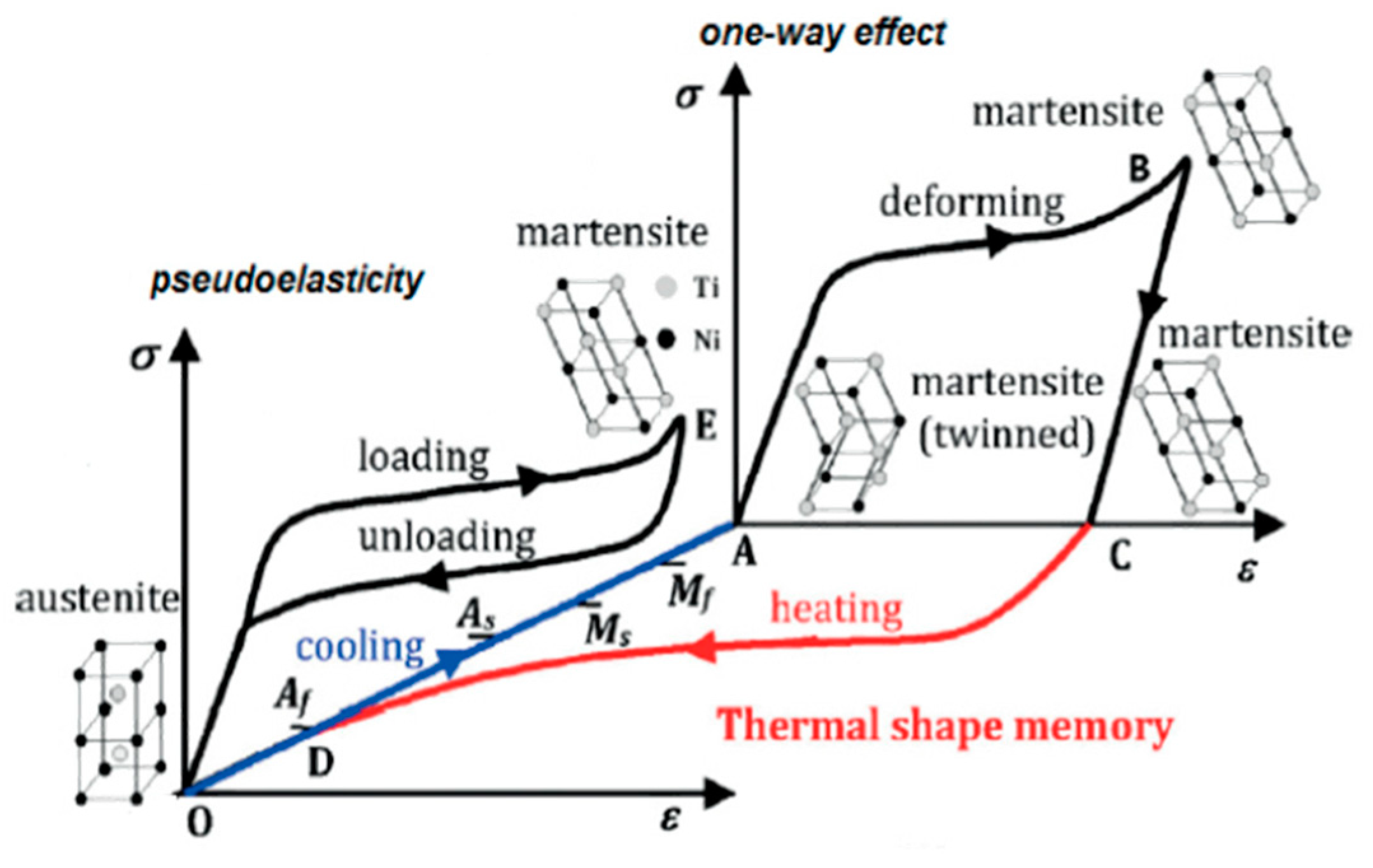TAGGED: shape-memory-alloy, shape-memory-effect
-
-
April 14, 2025 at 6:52 pm
lcrisostomo9564
SubscriberI'm trying to create a simulation to see how different transformation temperatures for a shape memory alloy affect the stress and strain. How does the shape memory effect in the engineering data account for austenite and martensite transformation temperatures? If it does not account for those transformation temperatures, how does the shape memory effect model work without them? How can I define transformation temperatures for the material properties?

Reference: https://www.mdpi.com/1996-1944/16/19/6480
-
April 22, 2025 at 9:05 pm
John Doyle
Ansys EmployeePlease refer to Section 4.15.1.2.1 of the MAPDL Material Reference Guide for a detailed description of how the Shape Memory Effect is represented using a thermomechanical model.
Refer also the References below, that the Ansys Model is based on.
- Souza, A. C., Mamiya, E. N., & Zouain, N. (1998). Three-dimensional model for solids undergoing stress-induced phase transformations. European Journal of Mechanics-A/Solids. 17, 789-806
- Auricchio, F., Taylor, R. L., & Lubliner, J. (1997). Shape-memory alloys: Macromodeling and numerical simulations of the superelastic behavior. Computational Methods in Applied Mechanical Engineering. 146(1), 281-312.
- Auricchio, F. & Petrini, L. (2005). Improvements and algorithmical considerations on a recent three-dimensional model describing stress-induced solid phase transformations. International Journal for Numerical Methods in Engineering. 55, 1255-1284.
-
- You must be logged in to reply to this topic.



-
3487
-
1057
-
1051
-
945
-
912

© 2025 Copyright ANSYS, Inc. All rights reserved.







